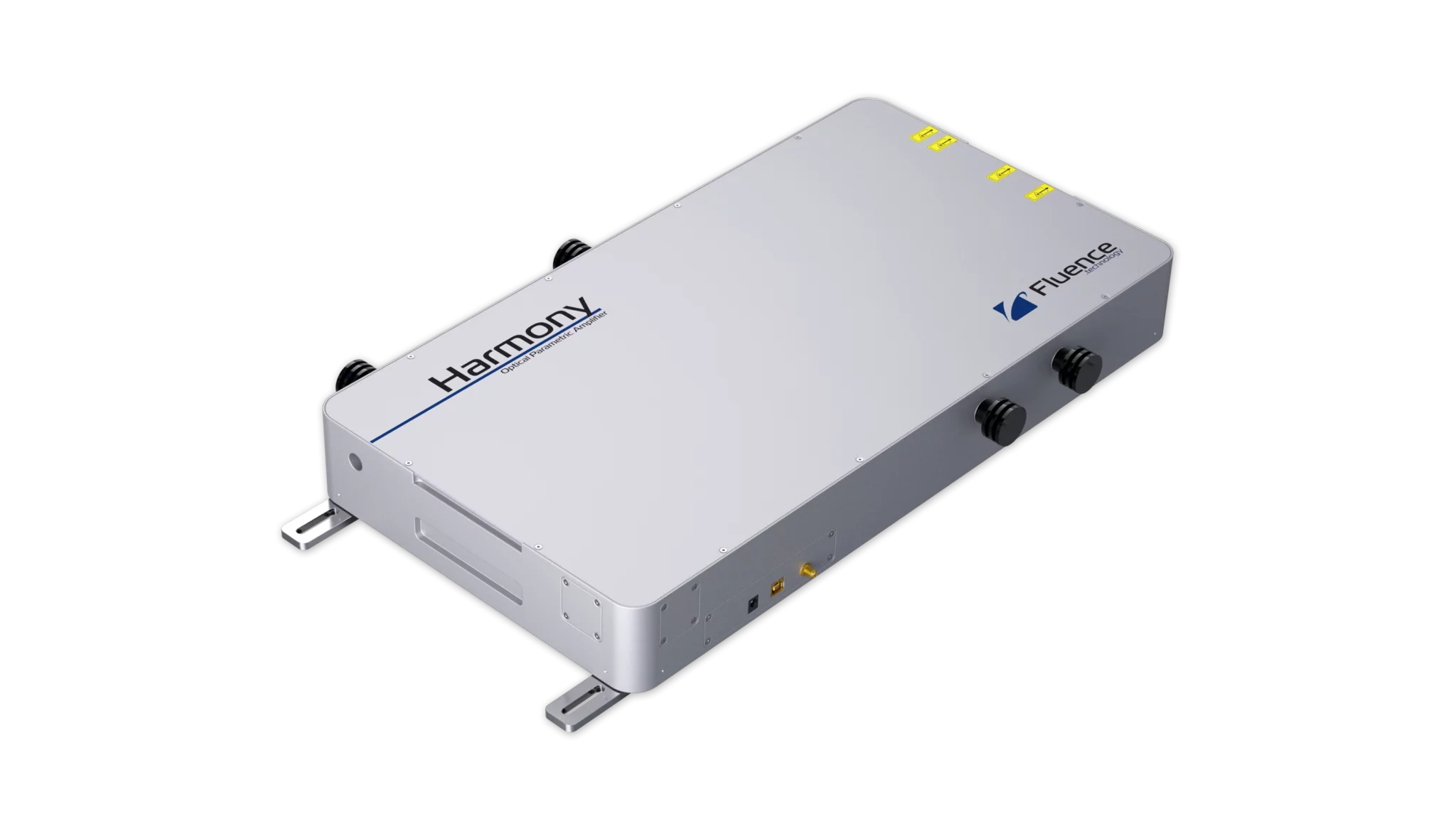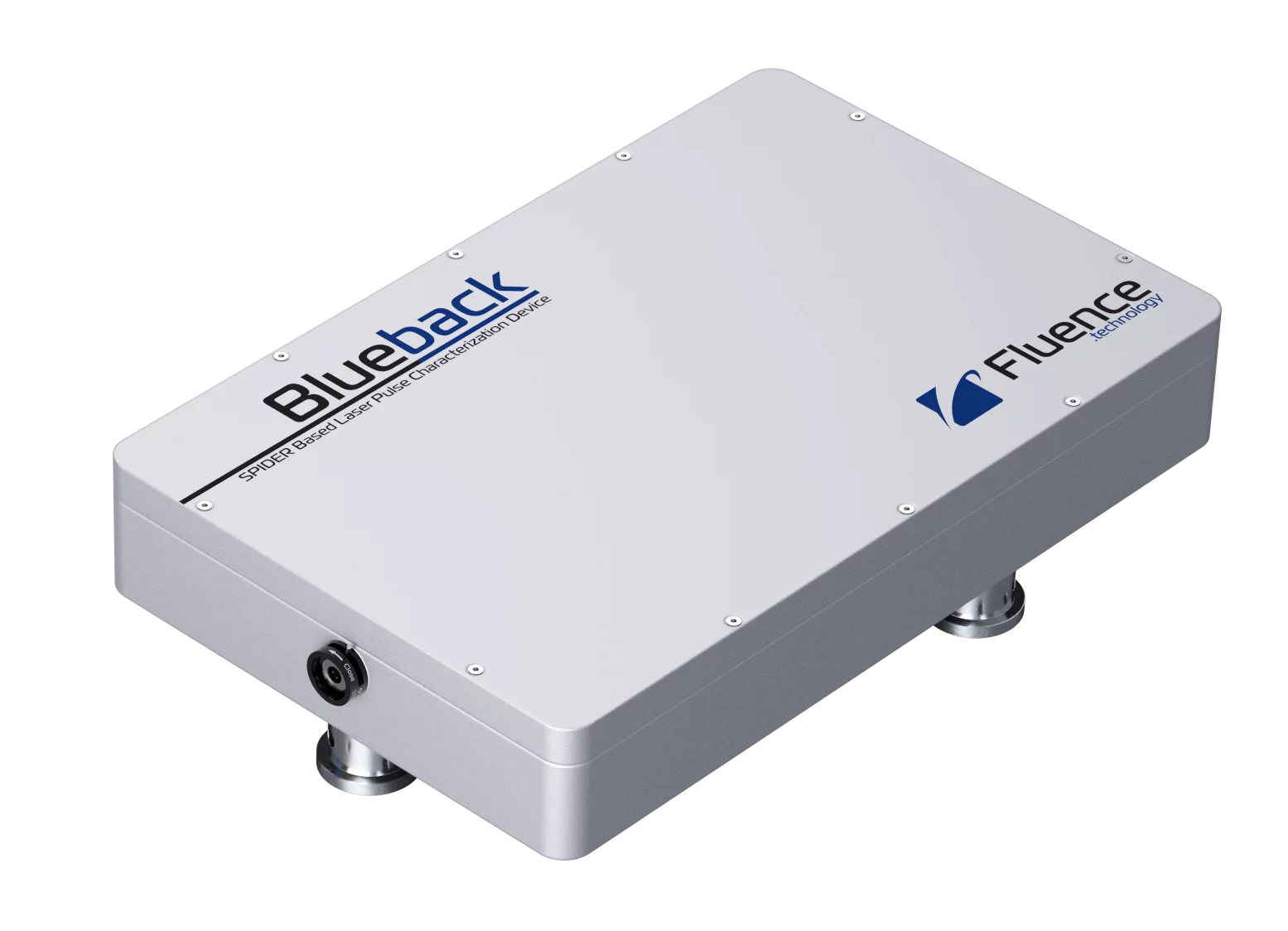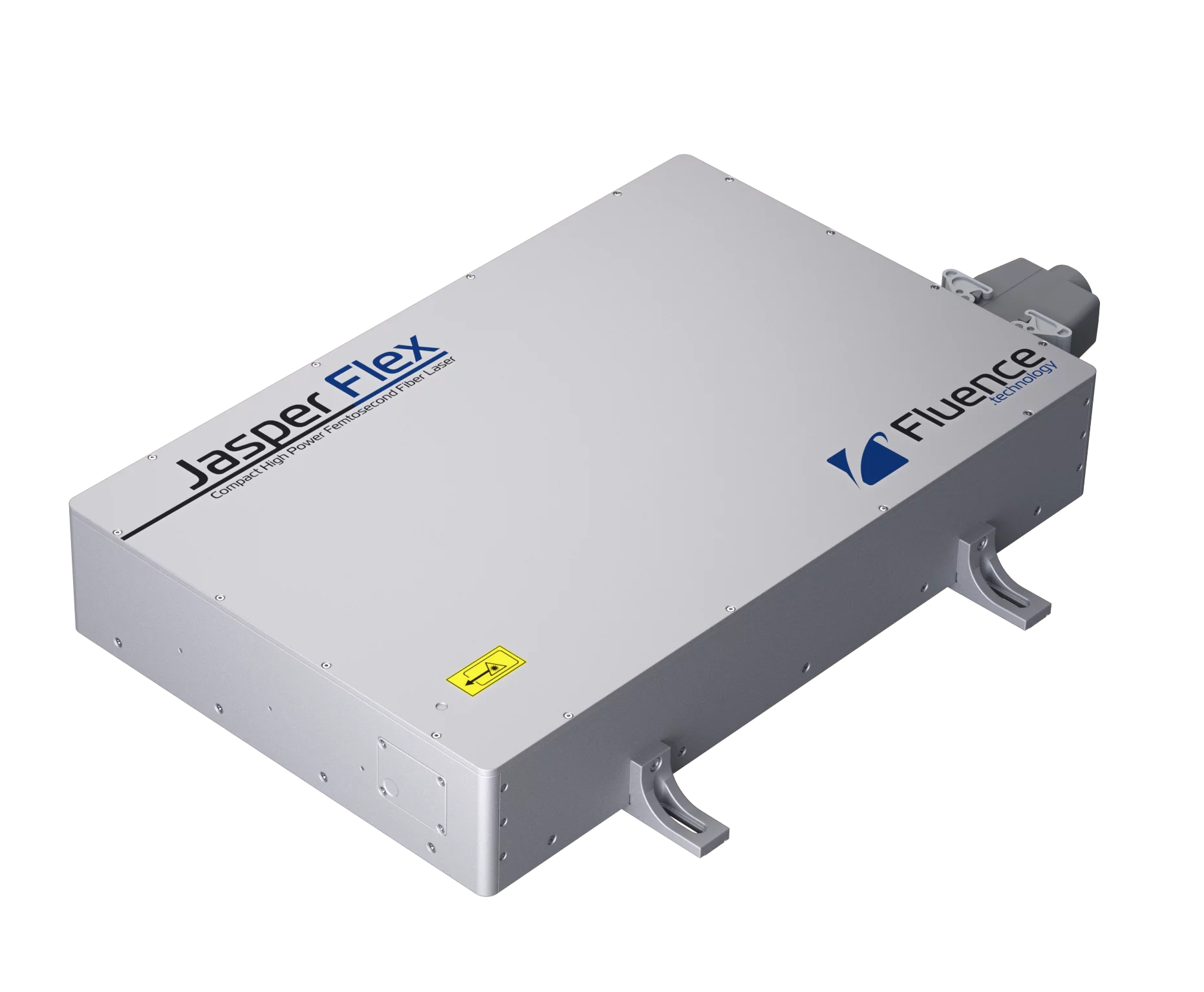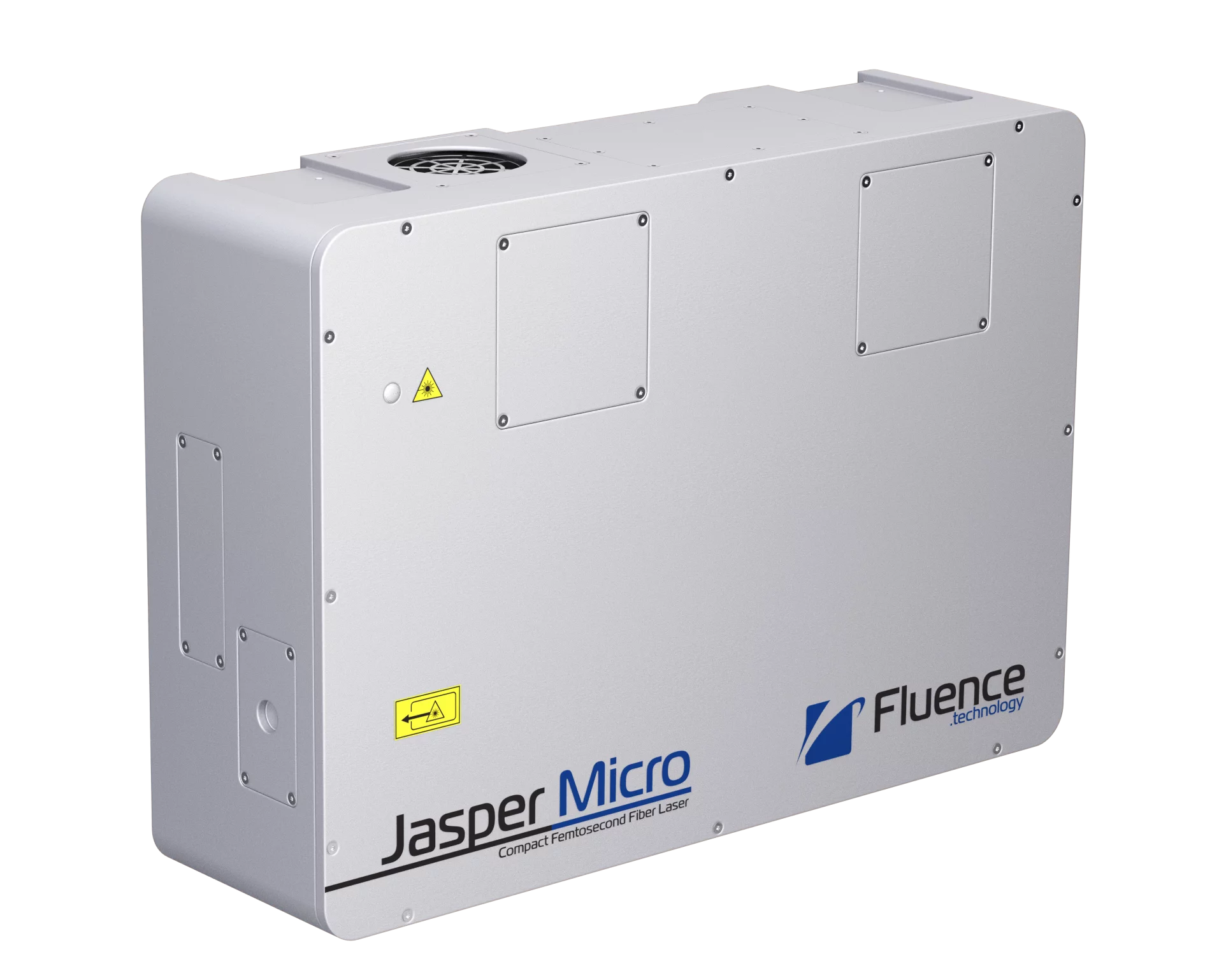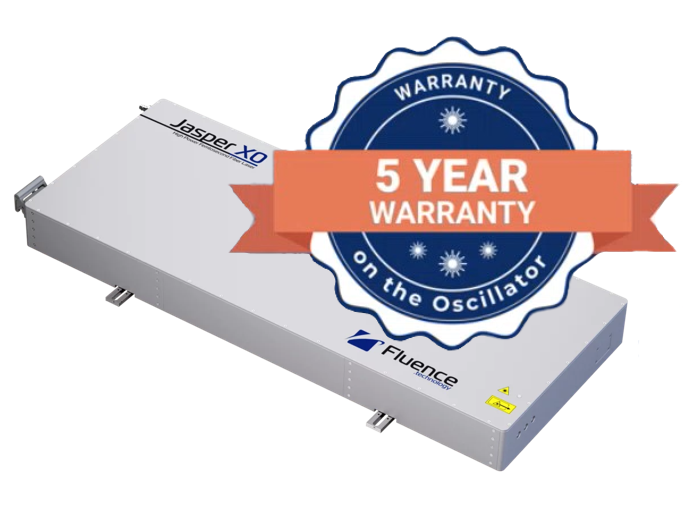Harmony
Optical Parametric Amplifier, OPA, 210-10,000nm, <200fs, up to 300kHz, 30-200µJ pump energy
POPULAR CONFIGURATIONS:
Picture |
Part Number |
Part Description |
Datasheet |
|
|---|---|---|---|---|
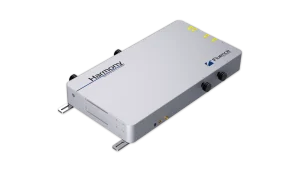
|
Harmony |
Optical Parametric Amplifier for Jasper X0 and Jasper Flex, 630 – 2600 nm tuning range, software controlled, <200 fs from 630 – 900 nm (calculated) |
|
Get Quote |
Harmony: Optical Parametric Amplifier for Jasper X0 & Jasper Flex
The Harmony series is a single-box optical parametric amplifier that converts ultrafast pulses from Ytterbium-based lasers into broadly tunable pulses with wavelengths ranging from 210 nm to > 10 µm. With intuitive, user-friendly PC software, an integrated mini spectrometer enables automatic tuning from 315 to 2600 nm. Designed to operate from a single pulse up to 300kHz rep. rate with pump pulse energy from 30 µJ to 200 µJ, Harmony is compatible with all Ytterbium-based femtosecond lasers, but it works best with the Jasper series: the Jasper X0 & Jasper Flex lasers featuring exceptional beam-pointing stability.
Your tunable OPA solution awaits!
Harmony Benefits:
| Broad Spectrum: |
|
| Precise Tunability: |
|
| Integrated Mini Spectrometer: |
|
| User-Friendly Software: |
|
| Compatibility: |
|
| Automated Tuning: |
|
| Robust and Reliable: |
|
Don’t hesitate to ask any questions!
Back to all Fluence.Technology products

 SHIPS TODAY
SHIPS TODAY 